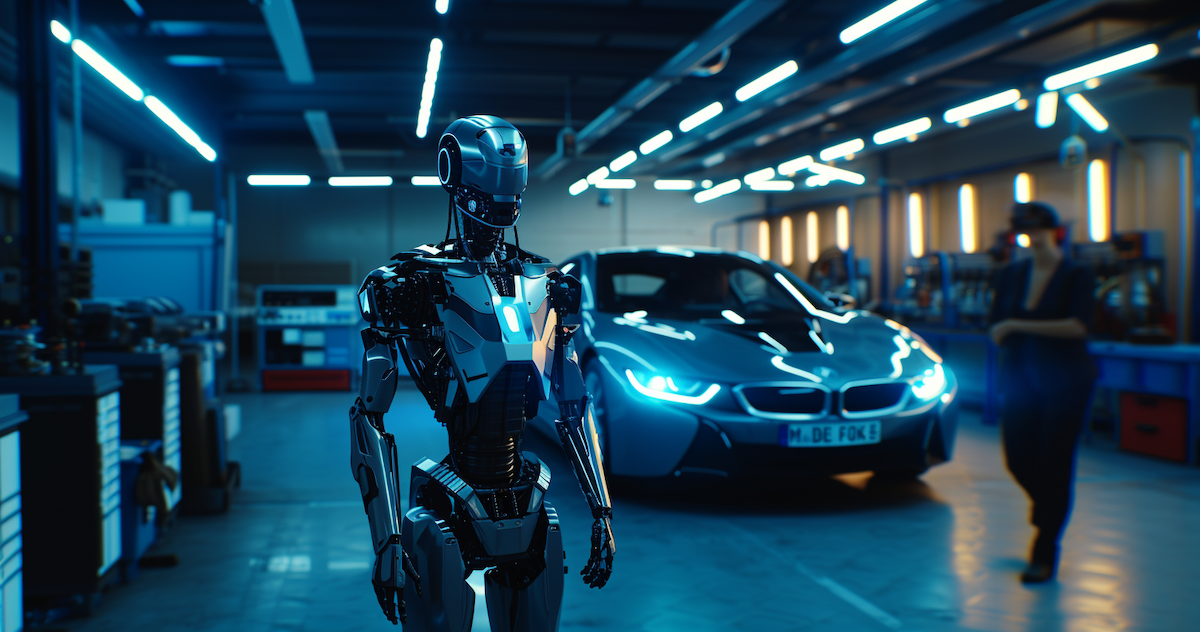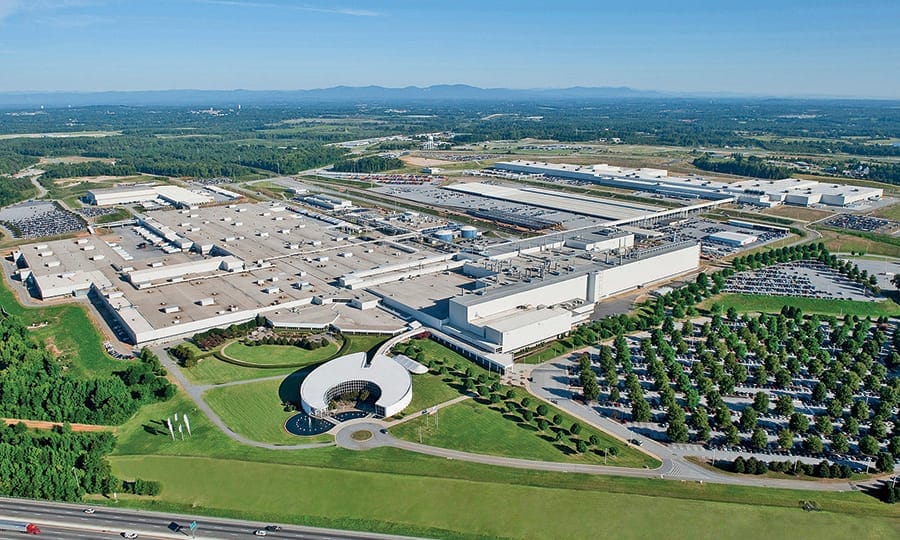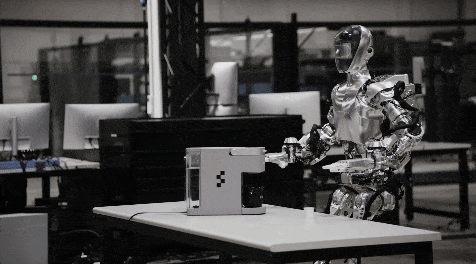
Greer, South Carolina.
Population: 38,865.
Home of the Sno Hut, South Carolina’s “original shaved iced stand,” founded in 1987.

The surrounding area is enjoyed by the locals for its great water sports on the nearby Lake Robinson, an 800-acre lake nestled in a forested landscape, with beautiful mountain views.

Aside from that, unless you’re a local to Greer, you might think not much else is going on in this quintessential small town.
You certainly wouldn’t expect to find one of the most advanced automotive manufacturing plants in the world.

Greer — located in Spartanburg County, SC — happens to be home of BMW’s “Spartanburg” manufacturing plant, which builds BMW’s X3, X4, X5, X6, X7, and XM vehicles.
BMW employs about 11,000 people at that site who have manufactured more than 6.4 million vehicles over the years.
BMW is able to produce more than 1500 vehicles a day, 60% of which are exported to one of 120 different countries.
Surprising isn’t it? A German company, manufacturing vehicles in the U.S. — a high-cost country — for export around the world.
And yet, it works. And it’s profitable for BMW.
What shouldn’t be a surprise to the readers of Outer Limits is the reason.
As seen in the photo above, those 11,000 employees are augmented with advanced robotics technology that have vastly improved human productivity and helped to grow BMW’s global business.
This technology is the reason that manufacturing in a high-cost market, close to its customers in its second largest market, makes so much sense.
BMW, and other automotive manufacturers, have been using this kind of technology for years. It leads to vast improvements in productivity, a reduction in costs, and the expansion of the global automotive market through lower prices.
However, these robotic systems aren’t powered by artificial intelligence (AI).
They were built before the breakthroughs in AI that we’ve seen over the last 12 months.
And with the exception of the autonomous driving software, the automotive industry hasn’t yet employed bleeding edge AI for manufacturing purposes.
But that’s about to change.
Days ago, a company that we already know well — Figure AI — announced that it has signed an agreement with BMW.
BMW will deploy Figure AI’s general purpose robots in BMW’s manufacturing plant in Spartanburg, South Carolina.
As we reviewed in a past issue of Outer Limits, Figure’s AI powered robots are in humanoid form.
They are designed to be “general purpose,” meaning these robots can learn from humans to “enable the automation of difficult, unsafe, or tedious tasks throughout the manufacturing process.”
“General purpose” is really the key.
Up until now, robotic systems in manufacturing — like the large robotic arms shown earlier — are designed to have a single purpose on a manufacturing line.
One might be used for placing the engine block into a car, another might be used for painting the chassis, others are programmed to attach the doors, etc.
General purpose robots, however, have the ability to mimic and master tasks that are difficult, dangerous, or tedious for humans.
This is precisely what Figure AI is building, as are companies like Tesla with its Optimus robot, and Agility Robotics.
It’s exciting to see a deal like this struck so quickly.
As I noted in my December 28, 2023 issue of Outer Limits:
“Figure has gone from its first capital raise of $100 million in January of 2022 when all it had was an idea on paper, to a functioning prototype in less than two years.”
Which is why I’m so excited.
We only get to see a glimpse of what Figure AI is building in its laboratories.
Just a few days ago, Figure shared a novel example of the Figure robot’s ability to learn a task through trial and error.
Shown below is a short clip of the Figure 01 making a cup of coffee on a Keurig.

You can watch the full video here.
To learn the above task, it took the Figure 01 robot about 10 hours of trial and error to get it just right.
Now, I know what some of us are thinking, “That’s ridiculous, 10 hours for something so simple?!?”
Yes, but this is just the beginning.
With every month that passes, learning a task by mimicking a human, and mastering that task, will take less and less time.
And once one Figure 01 has learned a task, that “knowledge” is then downloaded to all Figure 01’s working in a manufacturing plant.
If we think about that… and extrapolate at bit…
Let’s take 10 Figure 01 robots and have them learn 2 new tasks in a single day.
That’s a total of 20 new learned tasks in less than 24 hours, assuming 10 hours to learn a single task.
If we multiple that by 10 days, we have 200 tasks that have been mastered.
Every Figure 01 can now perform those 200 tasks perfectly, without ever getting tired.
It’s easy to extrapolate what this will mean in terms of productivity.
The learning time won’t matter. The ability to scale is simply incredible once tasks have been learned.
And unlike what Figure shares with the public, customers like BMW get to see what’s really going on behind the scenes in Figure’s own laboratories.
That’s just part of the sales process — companies have to show what their technology is capable of doing before a contract gets signed.
BMW was clearly interested in what Figure AI had to show them.
And no, this has nothing to do with making coffee for the teams at the manufacturing plant.
Both Figure and BMW will be working this year to identify specific tasks that the Figure robot will perform in the automotive production process.
Then Figure will begin to deploy its humanoid robots in BMW’s Spartanburg factory.
As I outlined in my issue about Manifested AI, the purpose of these robots isn’t to replace the human workforce. It’s to solve some critical problems in the industry, like:
This is a phenomenal development.
It’s likely that BMW will have Figure 01 robots working side-by-side with humans within 12 months in Spartanburg.
After that, BMW will surely will expand the use of these robots to its new factory being built nearby in Woodruff.
Ground was broken last October for the new advanced manufacturing plant that will produce BMW’s sixth generation batteries for future electric vehicle production. It will be completed in 2026.
It won’t be long before employing general purpose robots will become a competitive advantage for manufacturing companies.
In fact, it will actually become a competitive disadvantage not to have them.
What do you think of this issue of Outer Limits? As always, we welcome your feedback and questions, and look forward to them. We read each and every email and address common questions in the Friday AMA issues. Please write to us by clicking here.